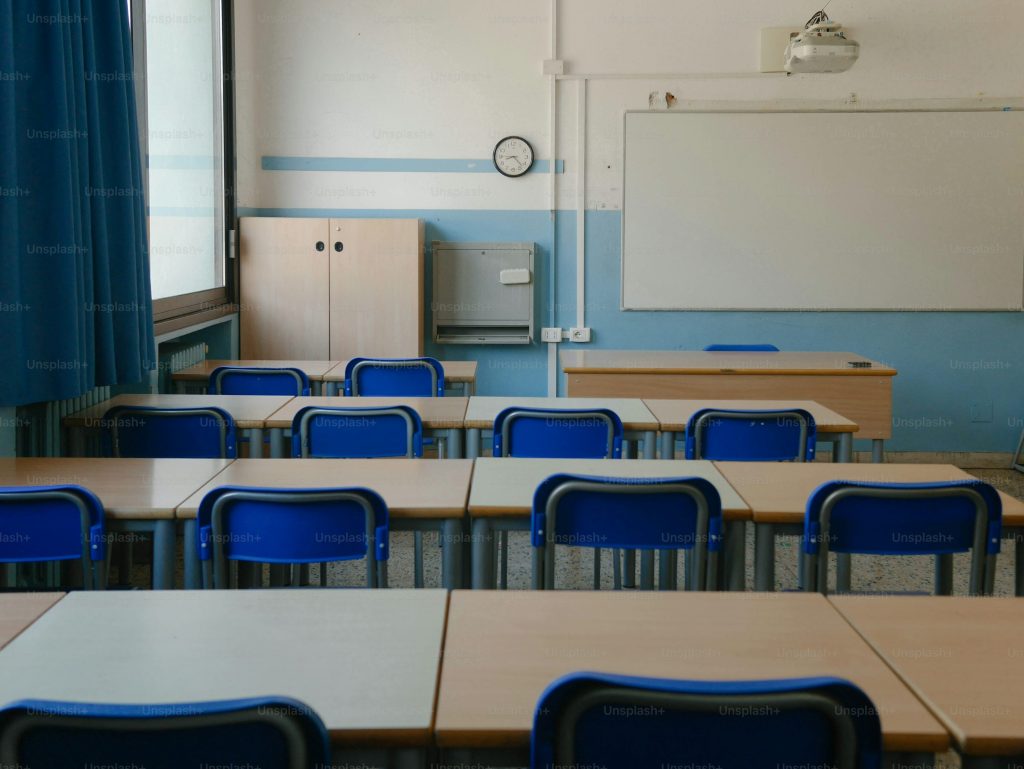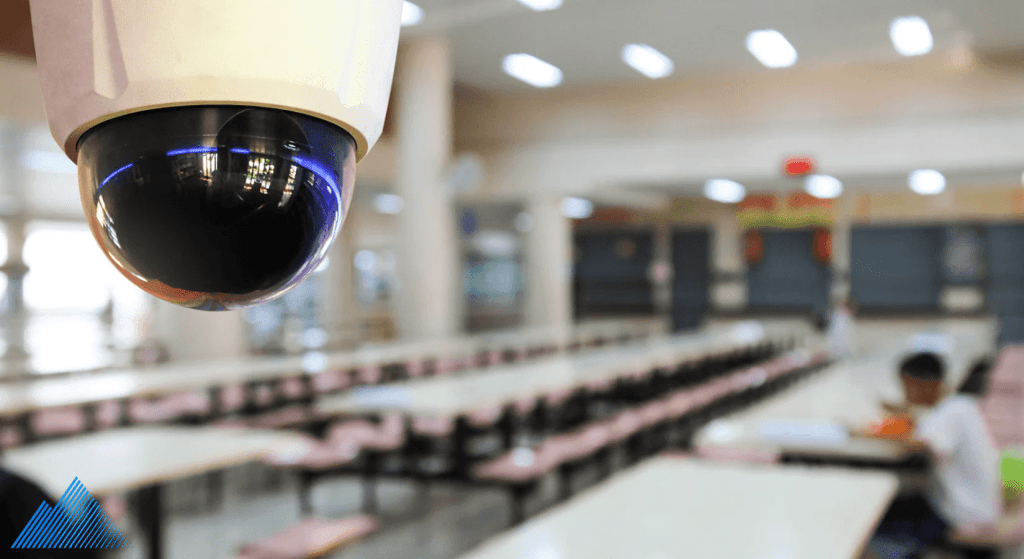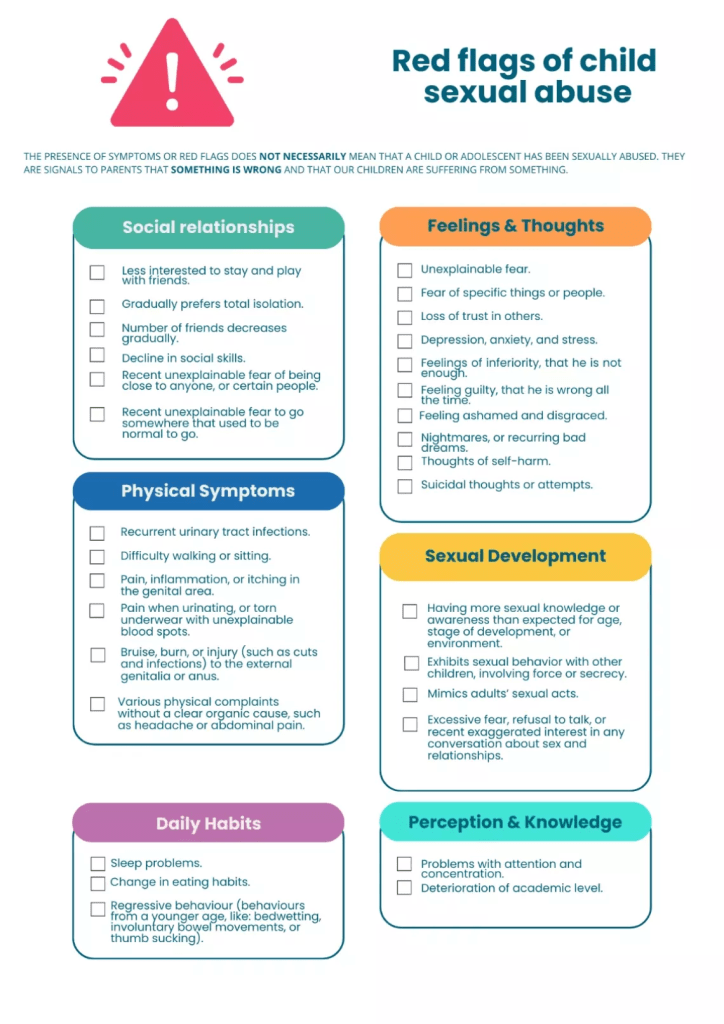Sexual harassment has no place in schools, but for real change to happen, we need to learn how to create a safe space. From the classroom to the playground, school staff, students, and families must work together to build a culture where harassment is not just punished, it’s prevented.
Here’s how schools can take meaningful steps to protect children and create lasting change.
1. Start Early: Teach Respect, Consent, and Boundaries
From primary school, children should learn about personal space, body safety, and the right to say no. These lessons can be simple and age-appropriate, woven into stories or class discussions.
When students grow up knowing what’s okay and what isn’t, they’re more likely to speak up or seek help.
2. Enforce a Clear Zero-Tolerance Policy
Every school needs a clear, written policy that defines sexual harassment and explains the consequences. Hang it in hallways, review it regularly, and make sure students, parents, and staff know it’s serious.
A policy only works if it’s enforced consistently. This sends a strong message: no one is above the rules, and no inappropriate behavior will be tolerated.


3. Train Teachers and Staff to Recognize and Respond
Teachers are often the first adults students interact with after something happens or while it’s still happening. They need to know the signs: sudden fear, withdrawal, aggressive behavior, or vague complaints.
Schools should hold regular, practical trainings that show how to listen without judgment and respond quickly and correctly.


4. Make Reporting Easy and Private
Most students won’t speak up unless they feel truly safe. That’s why schools need private, low-pressure ways to report harassment, like a secure email address or a trusted school counselor.
Make sure students know how reporting works, and that they’ll be supported, not blamed. Silence protects perpetrators.
5. Monitor High-Risk Spots
Sexual harassment often happens where supervision is low, like behind buildings, in empty classrooms and bathrooms, or in stairwells.
Schools should assign staff to cover these areas around the clock. Monitoring high-risk spots can prevent abuse and show students that their safety is a priority.


6. Use Cameras to Help Keep Everyone Accountable
Security cameras in hallways, entrances, and outdoor spaces act as both a deterrent and a tool for accountability. Make sure students and staff are aware that cameras are present and monitored.


7. Partner With Child Protection Organizations
Schools don’t have to handle this alone. Groups like Safe Egypt offer training, resources, and expert support. They recently launched a “Safe First Aid” program, which equips teachers with real tools to recognize and respond to abuse.
Partnering with professionals ensures the response is thoughtful, appropriate, and trauma-informed.


8. Empower Students Through Awareness Campaigns
Students have a voice, and schools should help them use it. Encourage them to design posters, create videos, or stage plays that challenge harassment and promote respect.
Organize an anti-harassment week or classroom projects to keep the message alive. When students are involved, the culture begins to shift.


9. Educate Families on Warning Signs and Responses
Many parents simply don’t know what sexual harassment looks like or how to talk about it. Schools can offer workshops, send home flyers, or share short videos that explain the signs and how to support children. Home should be a safe place to speak. That safety starts with awareness and trust.


Preventing sexual harassment in schools isn’t about one policy or one training; it’s about building a system that protects, listens to, and empowers students every day. When children are taught their rights, when schools are trained to act, and when families are engaged, schools become places of safety.
WE SAID THIS: Don’t Miss…16 Days of Activism: Egyptians Take Part in the Global Campaign Against Gender-Based Violence




